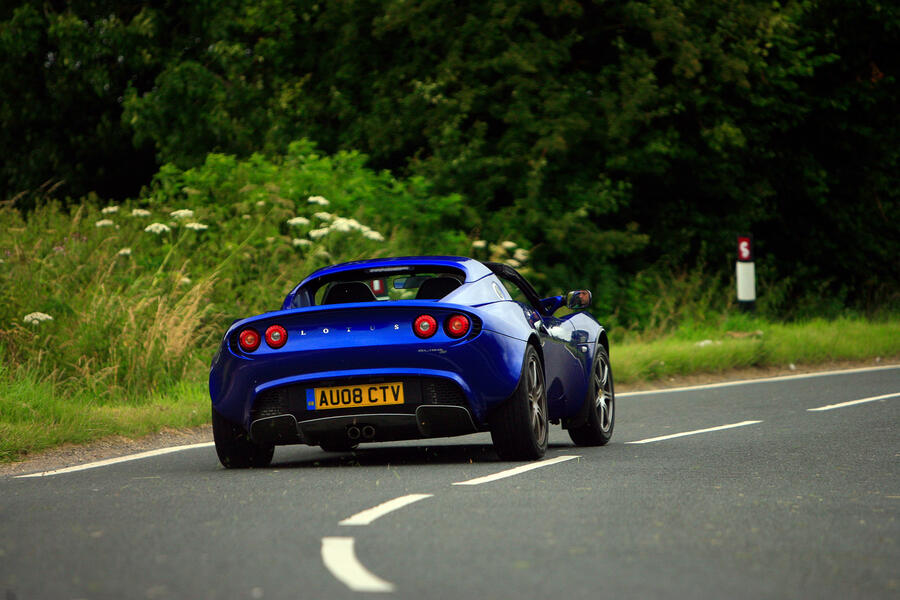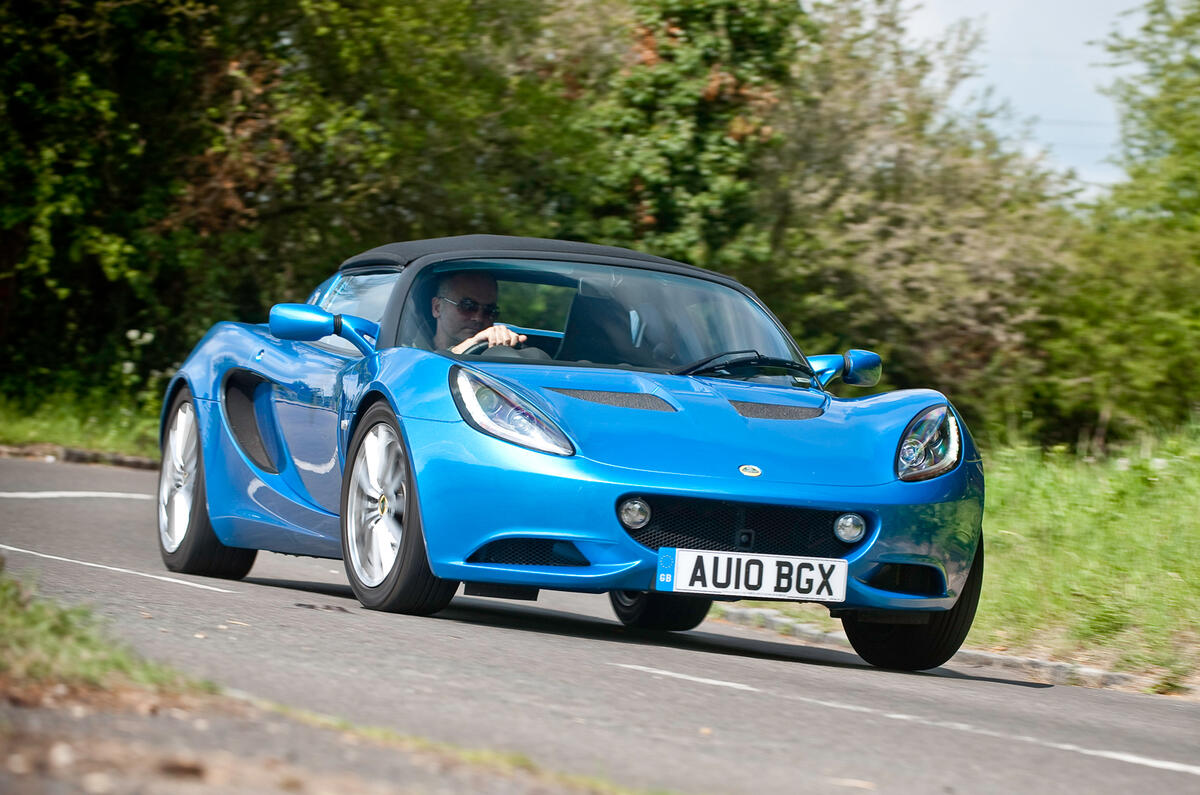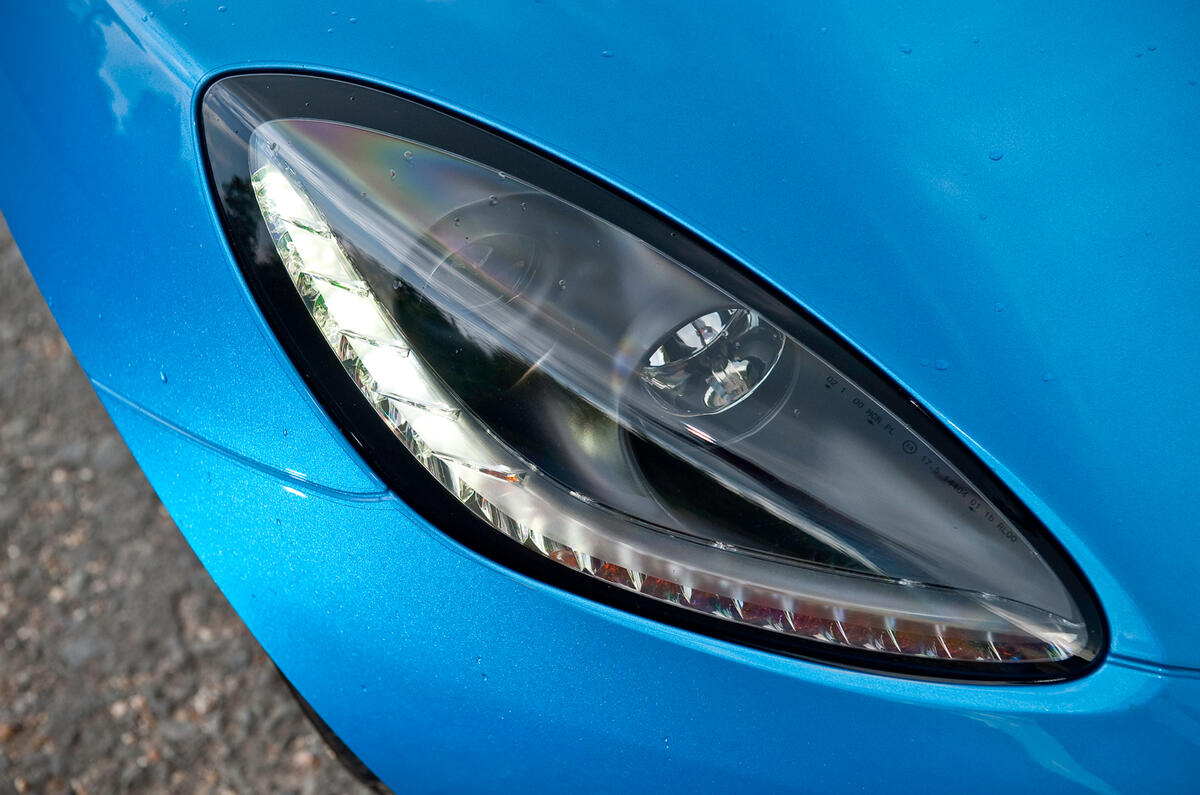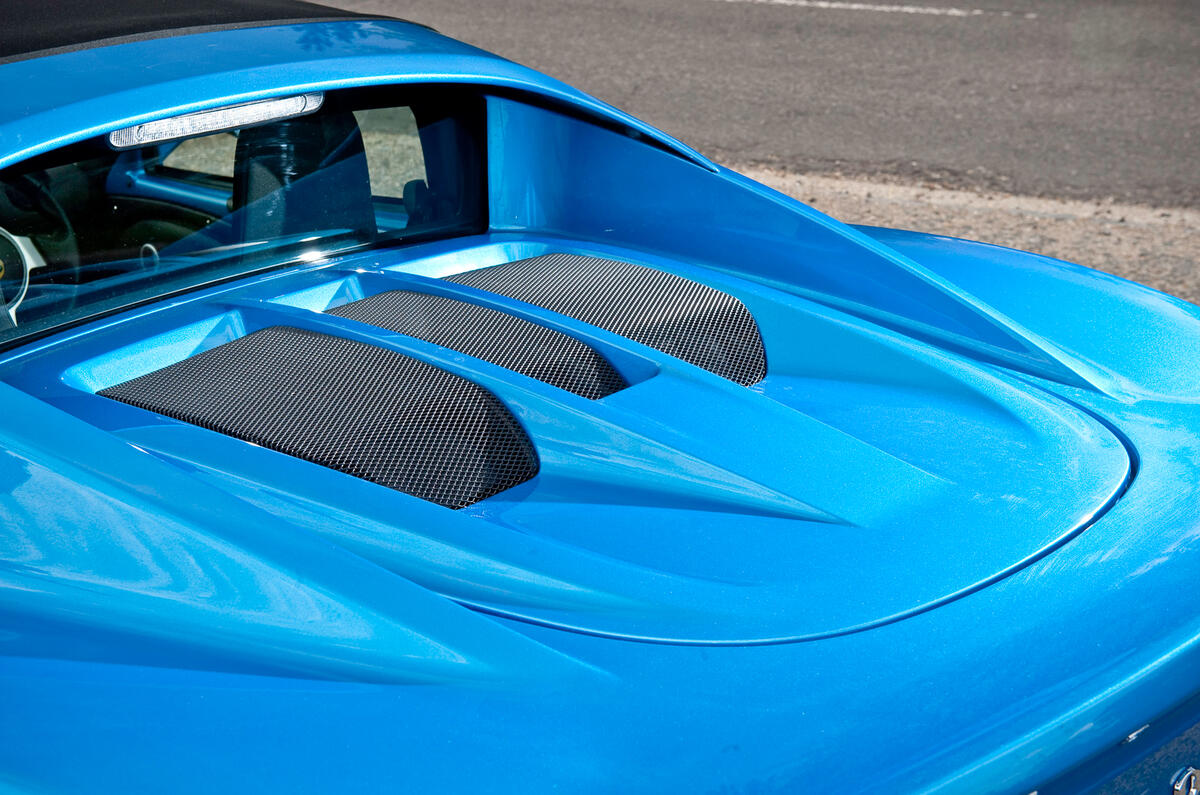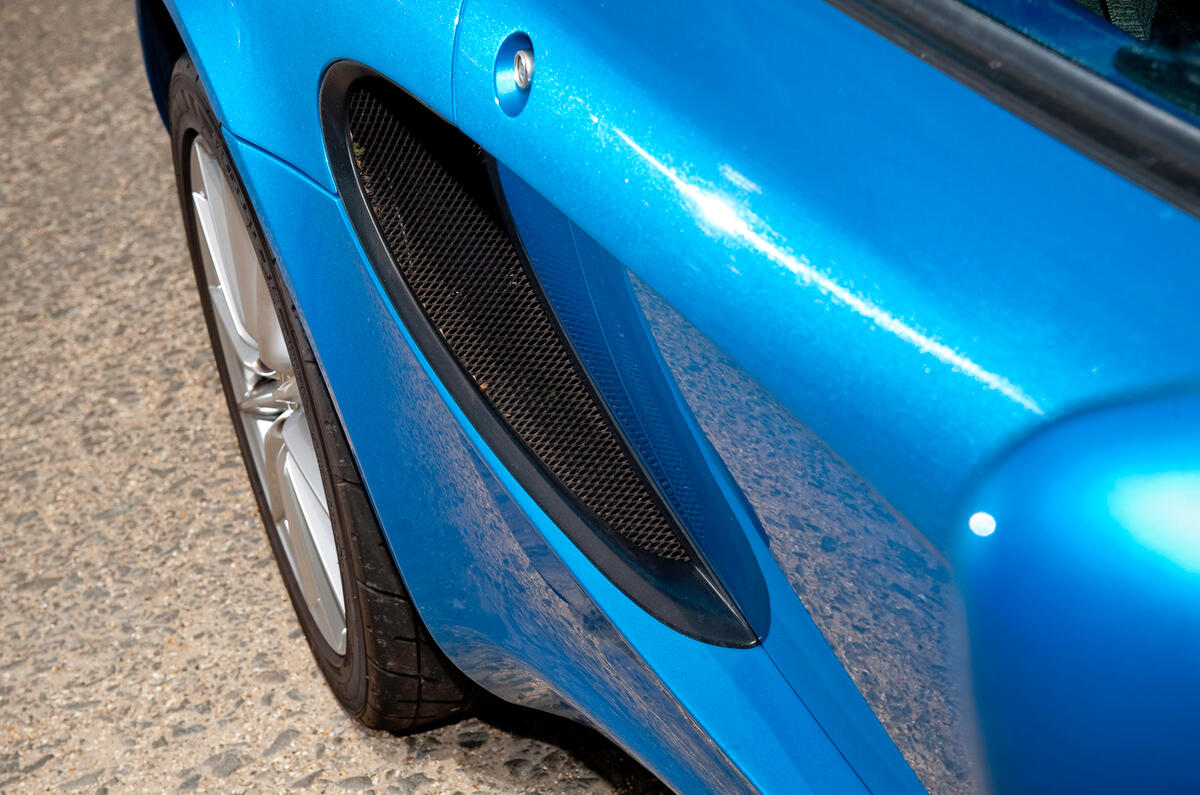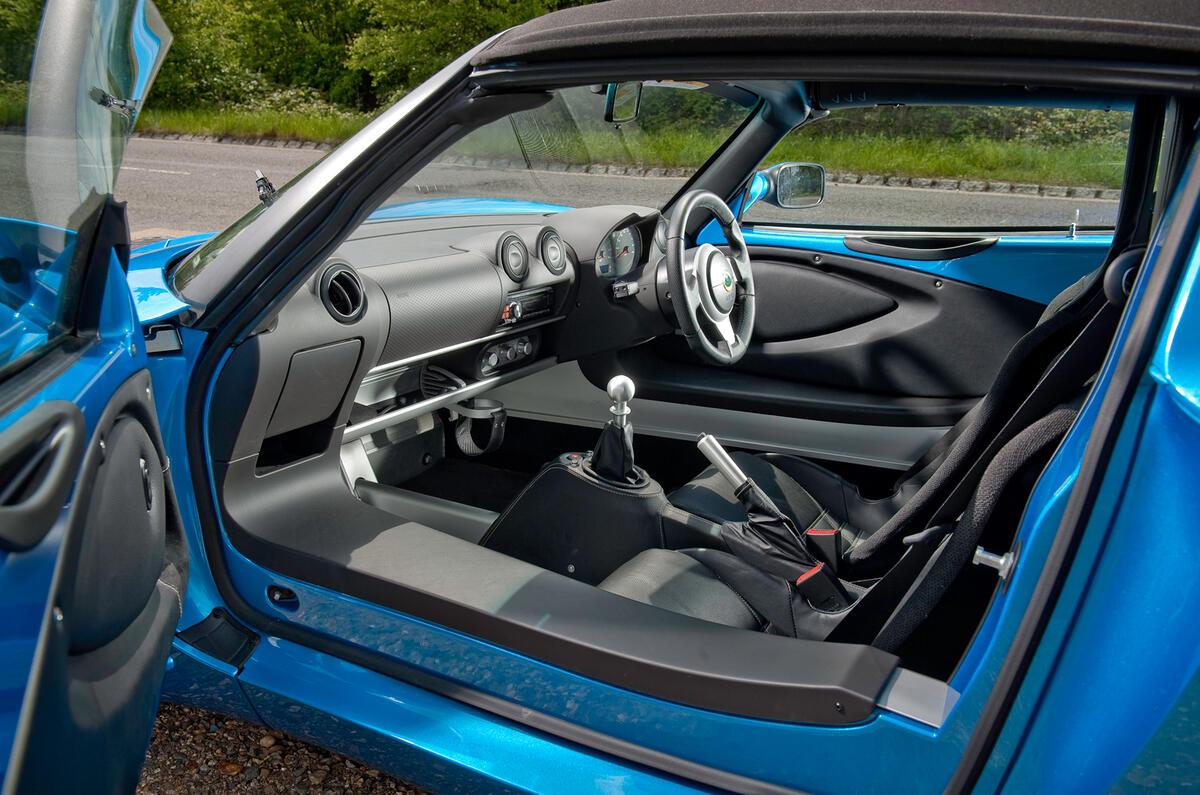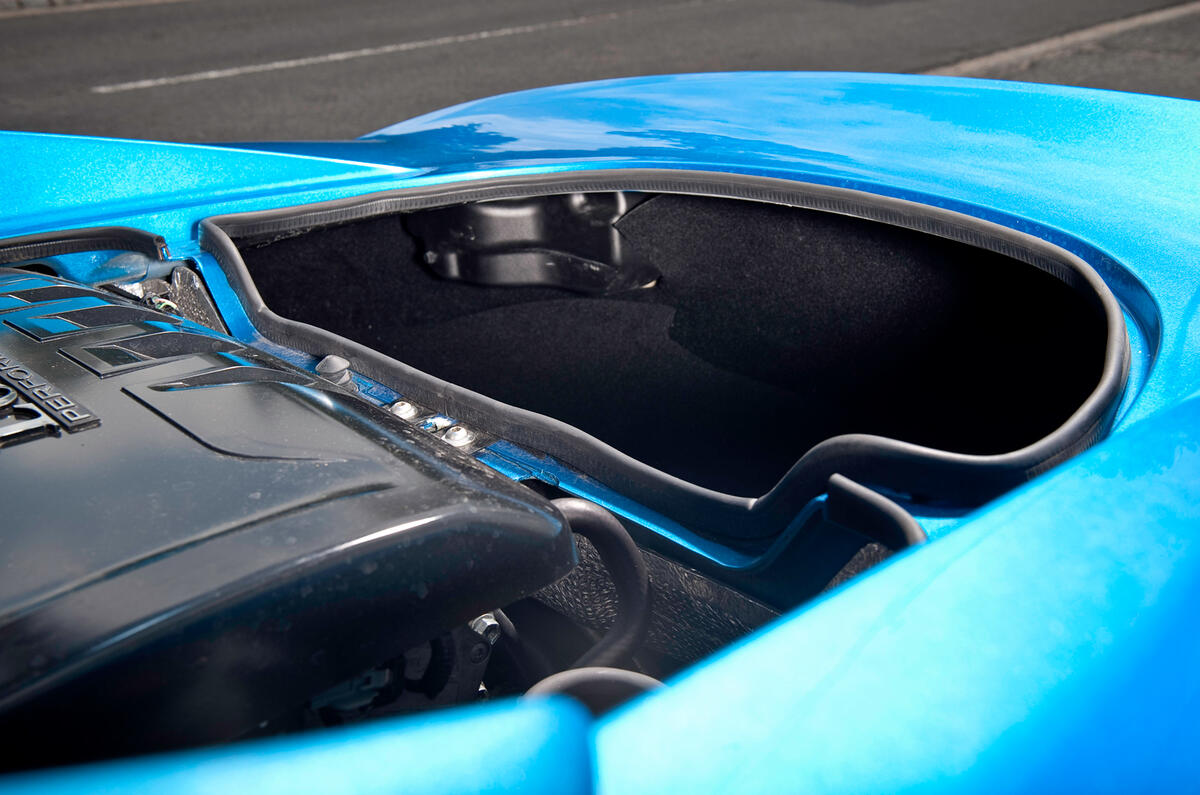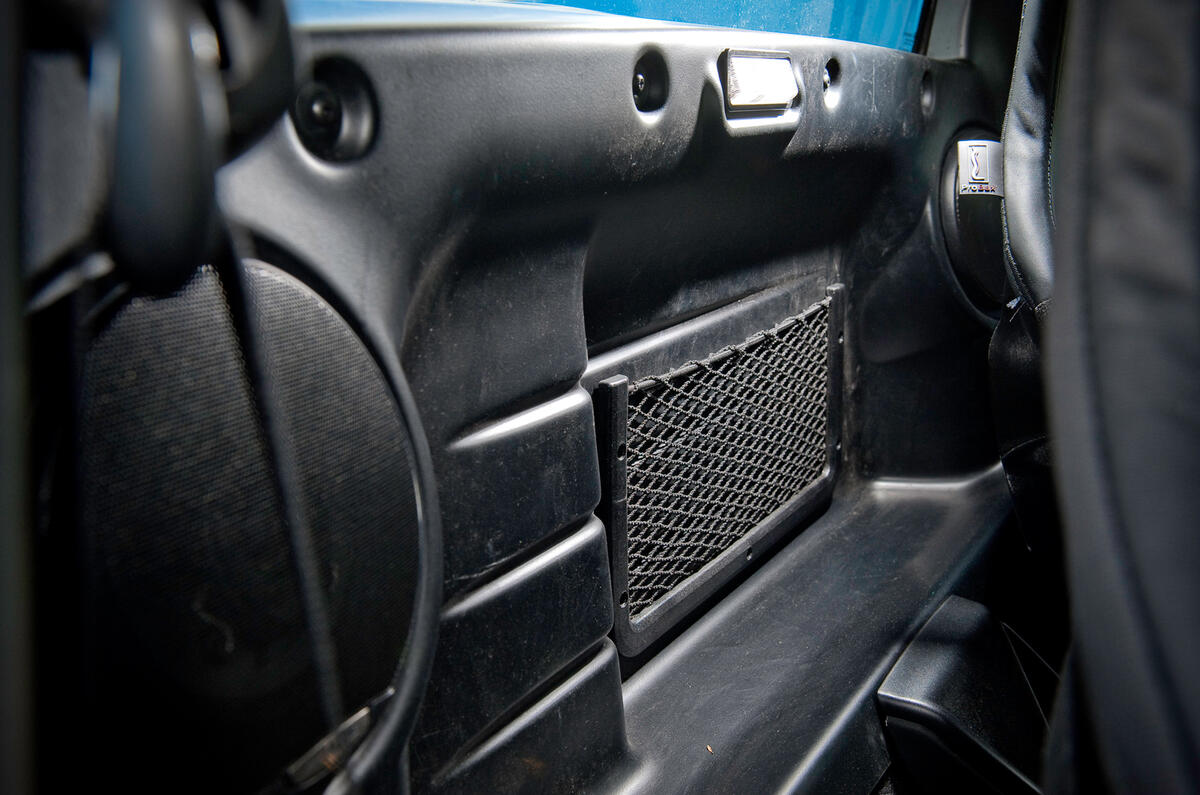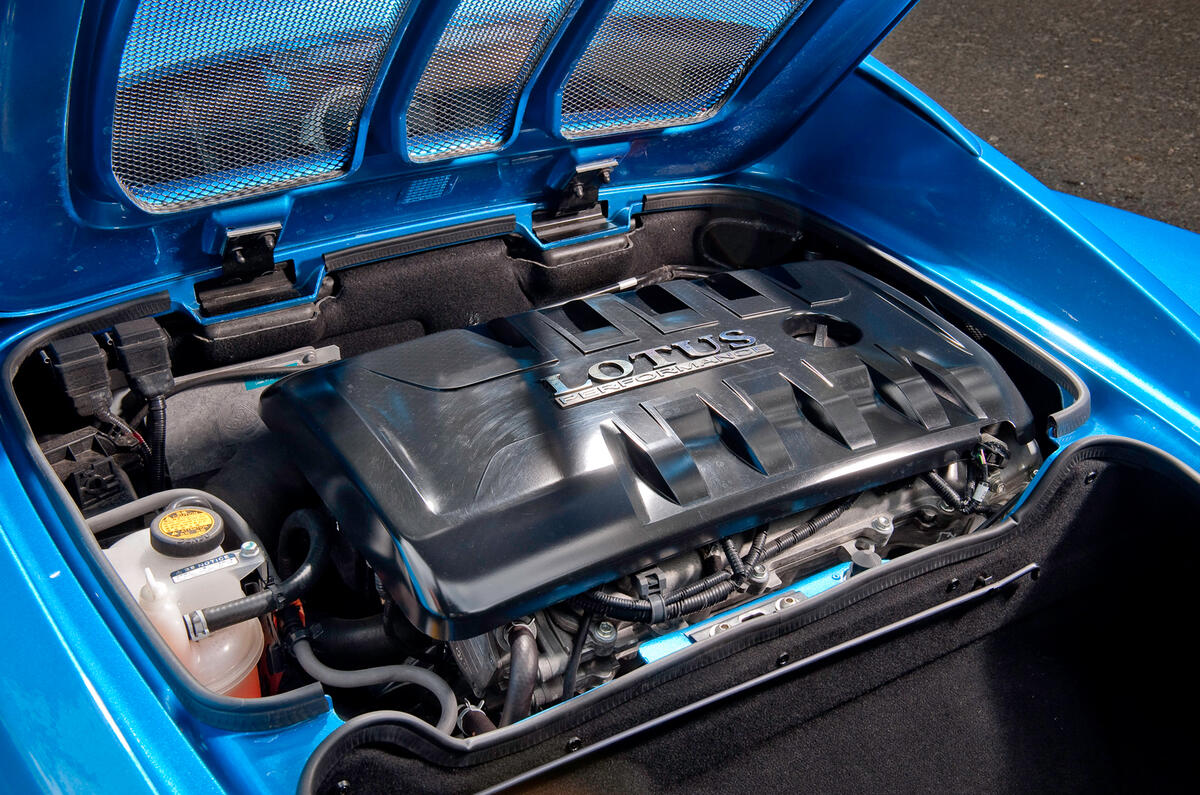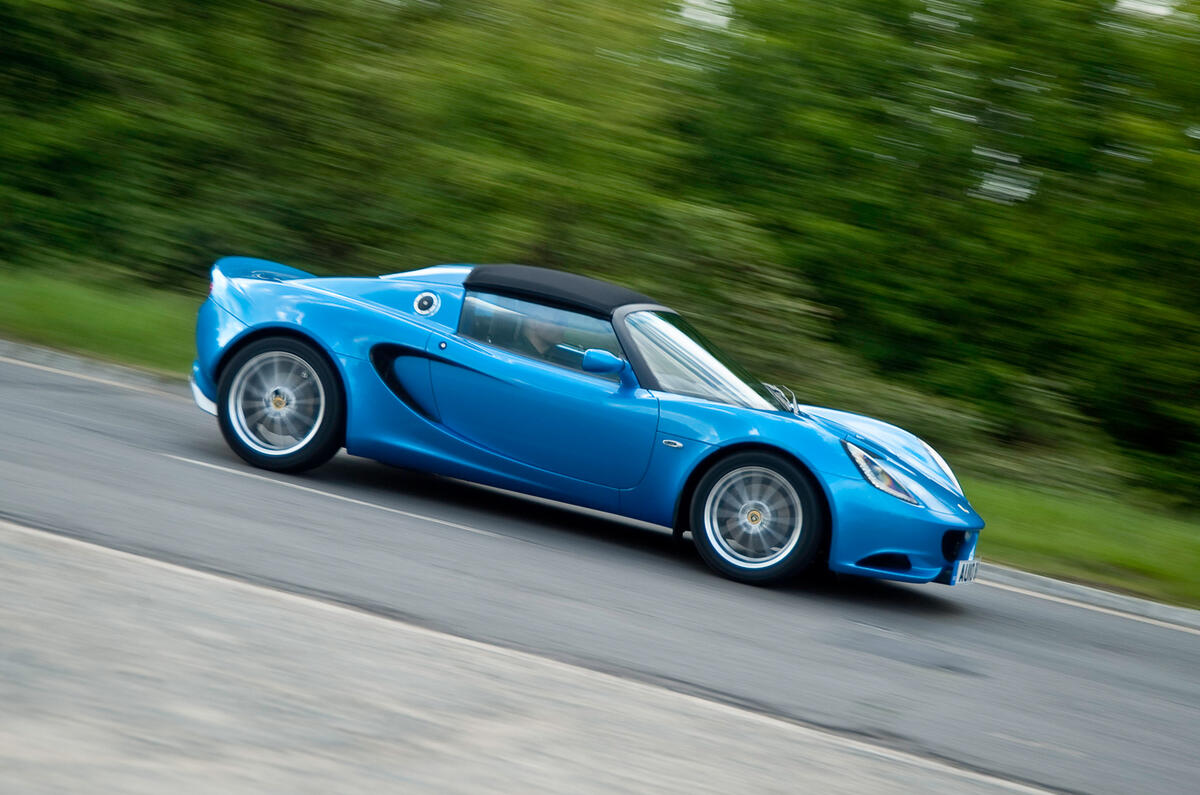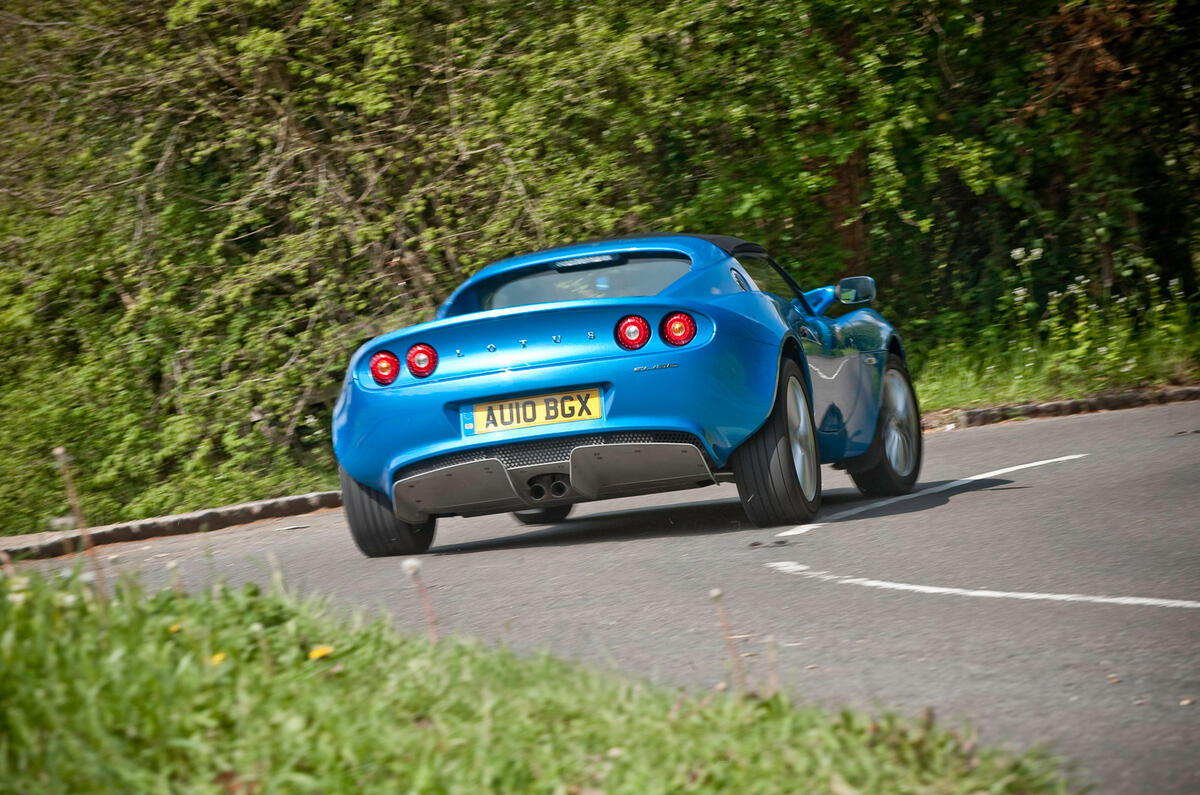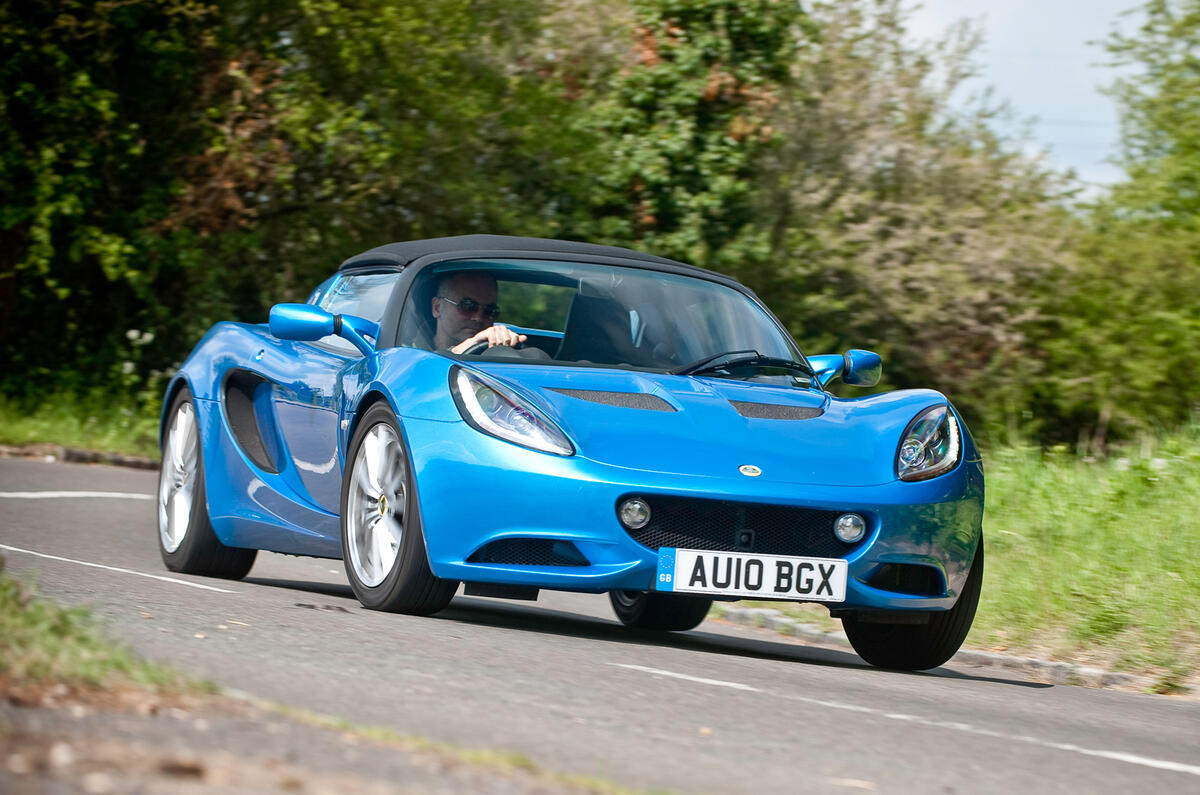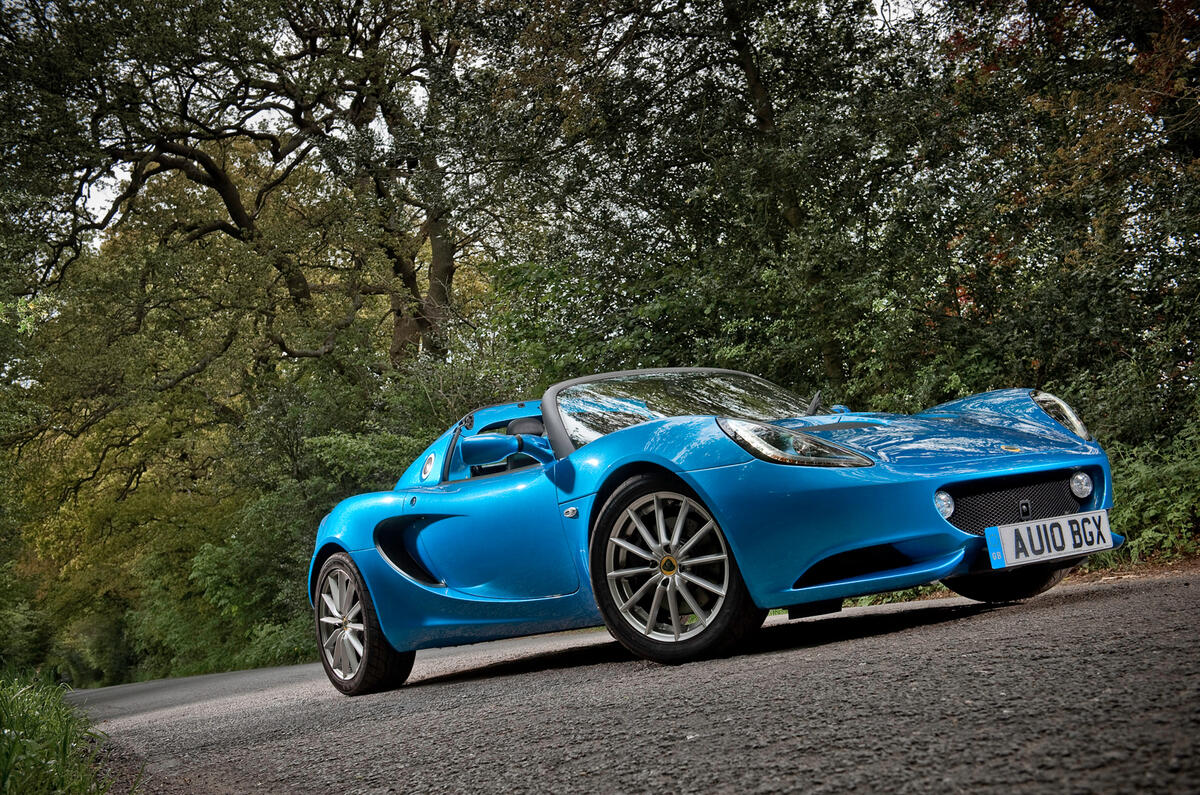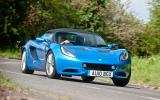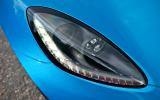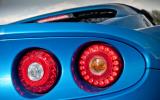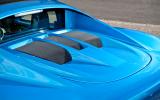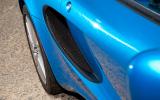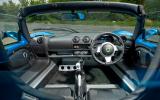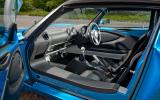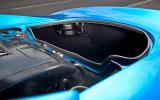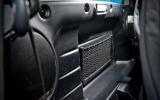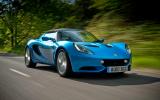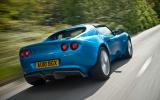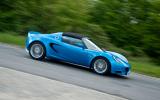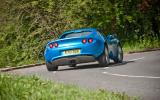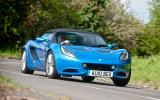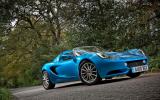The Lotus Elise first appeared in 1996 and revolutionised small sports car design with its lightweight extruded aluminium chassis and composite body. The model transformed Lotus’s fortunes but, by 2000, European crash regs had caught up with it. Lotus needed some serious cash to bring it up to spec and, cap in hand, approached General Motors. The American giant agreed to help on the understanding that it would get its own branded version of the model, which it called the VX220.
Lotus named its revised Elise the S2. It was in production from 2000 until 2010, when the S3, essentially a facelifted S2, was launched. Purists believe the back-to-basics S1 is the original and best but the S2 is easier to live with and to drive thanks to its more compliant Bilstein suspension, larger wheels, easier roof mechanism and lower sills. It has a revised version of the S1’s chassis but the body is made from an inferior injection-moulded glassfibre composite that unfortunately holds water like a sponge.
At the S2’s launch, power was provided by a revised version of the S1’s 1.8-litre Rover K-series engine that produced 120bhp for 0-62mph in 5.6sec. In 2002, the 111S arrived, powered by the same engine but fitted with variable valve timing so that it made a punchier 160bhp. It has a close-ratio five-speed gearbox and is worth seeking out. Meanwhile, track-day heroes can choose from the Sport 135 and harder-riding 135R.
